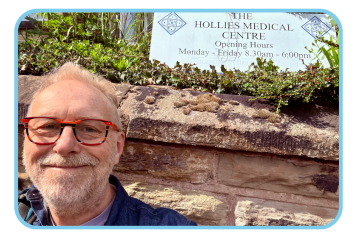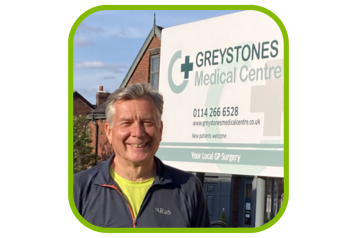How could improved GP websites help patients to access primary care?

In December 2022, we completed an analysis of 74 GP practice websites across Sheffield. This was in response to feedback we've received from the public, who say that they can't access the services they need - such as booking appointments - online.
We believe that increasing access to online services and online information will reduce pressure on GP phone lines, enabling those staff to support people who can't use online options. It would also provide more flexibility to patients, who could access information at a time that suits them.
What did we find?
The online picture varies widely across GP practices. Some patients are able to do many things - register as a new patient, book appointments, request prescriptions, and access all sorts of wider health information that can help them stay well. Other patients would have to phone or visit their GP practice for nearly every request.
What works well?
Some GP practices have provided really thorough information for their patients, or have provided a smooth online journey, enabling patients to access what they need. We've made sure to highlight some of these in our report, such as Sloan Medical Centre, who make it really clear what prospective patients' rights are when it comes to registering, or Woodhouse Health Centre, who provide lots of different ways for patients to give feedback about their experience.
We hope that sharing good practice will make it easier for other GPs to improve their own sites.
What are the key obstacles?
We did find some issues that would impact on people's ability to access primary care. Some of our key findings were:
- Only 11 of the 74 websites allowed new patients register entirely online - most patients will have to visit the practice to fill in paperwork, which can be difficult for some people.
- 46 of the 74 websites asked patients for proof of ID/address in order to register - requiring this evidence isn't in line with NHS guidance and leaves some of our most vulnerable communities, such as homeless people or refugees, without access to a GP.
- Nearly half the websites don't have a translation tool for the site, meaning patients who don't speak English will struggle to access their services. Very few sites had any other accessibility features at all.
What should be done?
We have written to each GP practice whose website we looked at, sharing individual feedback on good practice and areas they could improve. We also made them aware of some guidance which is available from NHS England, to help design a useable and accessible website.
We would like to see GP practices increase the services and information they are offering to their patients online.
We also wrote to South Yorkshire Integrated Care Board (ICB), asking them to support GP teams in their efforts - for instance by working on new templates for standardised information, and offering guidance around issues like patient registration rights.
The ICB are due to respond to our recommendations in February, outlining their workplan, and we will publish this response alongside the report when we've received it.
If you'd like to read more about the findings, you can read the full report on the webpage linked below:


